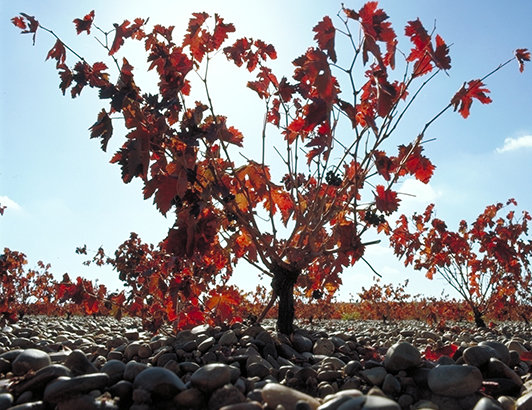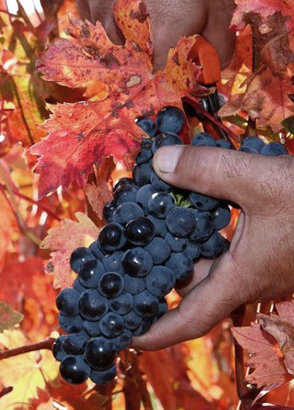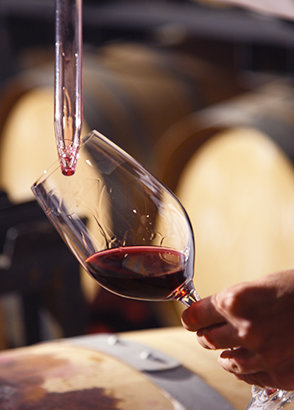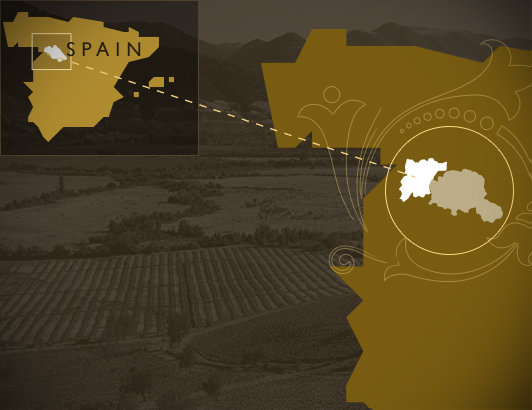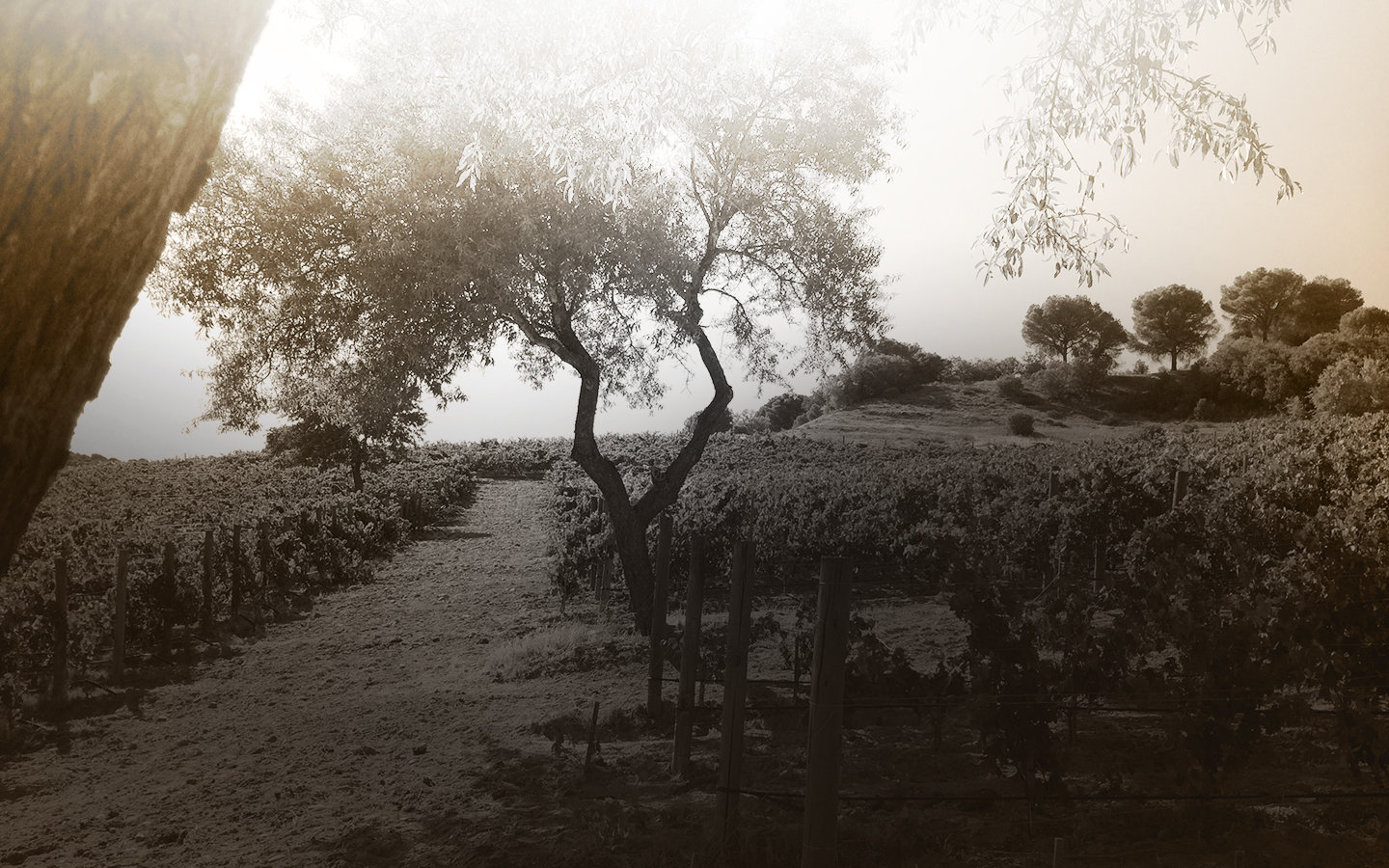Hermanos Lurton
The history of the "Hermanos" Lurton began in 1992, in Rueda, with the discovery of its unique native grape variety: Verdejo. Jacques and François fell in love with the variety. It was not long before the innovative pair were using their expertise to revolutionise the style of wines in the appellation. Looking for an estate on which to produce great red wines, they naturally turned to the D.O. Toro appellation. François Lurton travelled around the area and discovered some exceptional old parcels of Tinta de Toro, such as "Cuesta Grande".
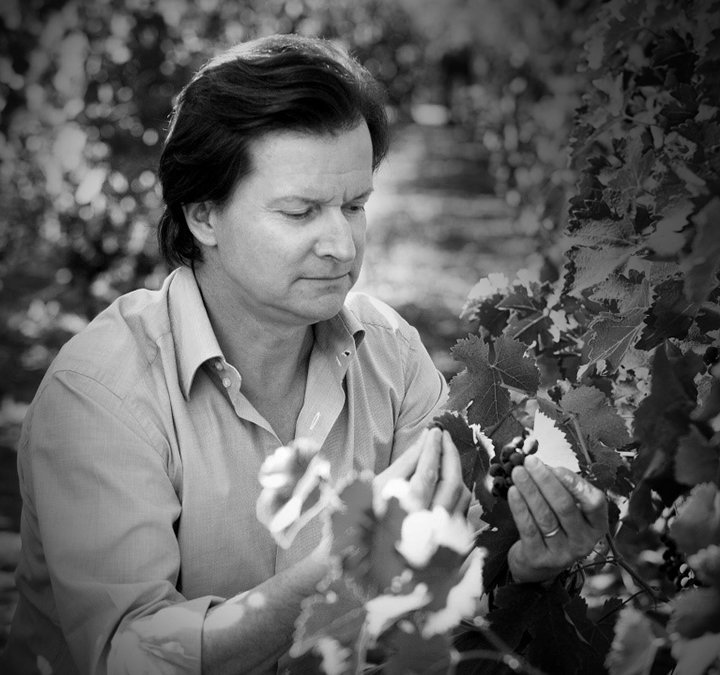
Discovering, taming and innovating
Castile and León is a land of character, steeped in Spanish history. Northwest of Madrid, encircled by mountain ranges, it is crossed by the River Duero and comprised of a succession of plains and plateaux. In this very rural region, vineyards intermingle with cereal crops, beetroot and pine nuts.
RUEDA: François Lurton and his brother Jacques discovered Rueda through Sauvignon Blanc, inthe early 1990s. They soon detected the potential of another grape variety, similarly dry and aromatic: Verdejo. Using their expertise, the brothers who gave their name to this estate endeavoured to reveal all the variety's potential: the subtlety of its aromas, its roundness and finish, and its complexity when aged in oak casks. François Lurton pursued his quest for the genuine Verdejo, by going back to organic growing methods, without irrigation, and the use of indigenous yeasts to ferment the must.
TORO: François was not mistaken to think of this little appellation as a kind of new 'secret garden', when he visited it for the first time in 1997. "It is one of the oldest appellations in Spain, and its grape variety, Tinta de Toro, is quite unique," he explains. Its pre-phylloxera vineyards (planted prior to the arrival of the phylloxera blight in 1892), poor, sandy loam soils and continental climate, with strong temperature variations between day and night, are the key features of this great terroir for red wine.
RUEDA / Verdejo
-
Situated in Castile and León, to the south of Valladolid, D.O. Rueda adjoins the Toro and Ribera del Duero appellations. It straddles three provinces (Valladolid, Ávila and Segovia), with approximately 13 000 hectares of vines planted at between 400 and 700 metres above sea level.
-
Continental. Long, cold winters, short springs with the risk of late frosts, and hot, dry summers, disrupted only by untimely storms. These factors force the vines to seek their nutrients deep in the soil. The cool nights offset the hot days, ensuring balanced ripening.
-
The vines are trellis-trained, to an average density of 3300 vines/hectare. Part of the vineyards are on the plateaux around La Seca, while the rest are further east in the areas around atapozuelos and Alcazarén.
-
Dark grey-brown, gravelly or clayey-gravelly soil, rich in calcium and magnesium.
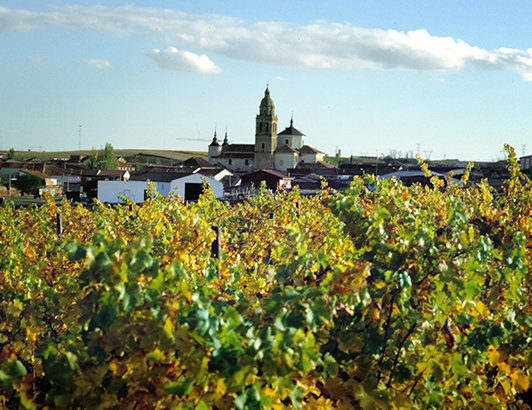
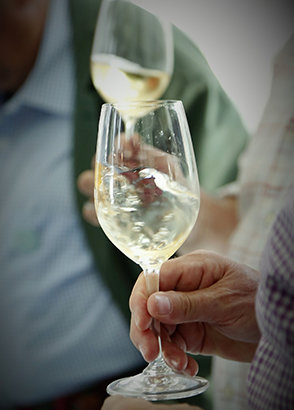
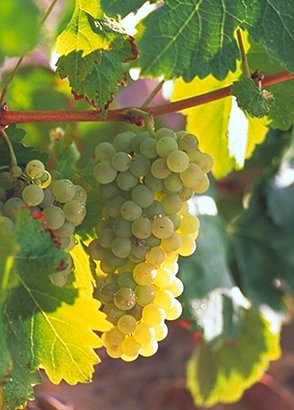
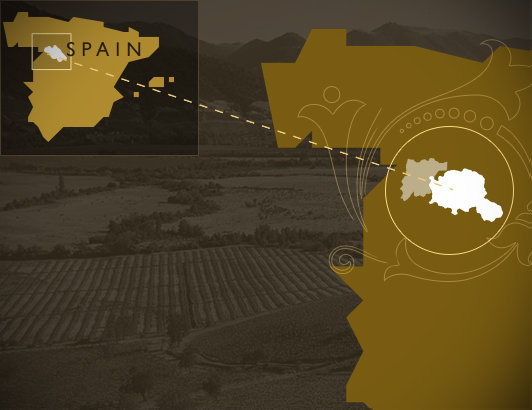
TORO / Tempranillo
-
The D.O. Toro appellation is situated in Castile and León. (D.O. stands for denominación de origen, or 'designation of origin', the Spanish appellation system.). D.O. Toro straddles two provinces: Zamora and Valladolid. Its topology consists of plateaux and valleys along the banks of the river. The vines are planted at a height of between 400 and 750 metres above sea level.
-
Continental. The winters are cold (-5°C), the springs are short with late frosts, and the summers are hot (39°C) and dry. Rain is infrequent and falls mainly in autumn and winter. In summer, there is a great deal of variation between daytime and night-time temperatures. There is a high risk of storms and hail in spring and early summer.
-
The vines are mostly goblet-trained. Planting density: 900-1200 vines/hectare.
-
Poor, porous soil. Iron-rich, sandy loam with pebbles at the surface.
